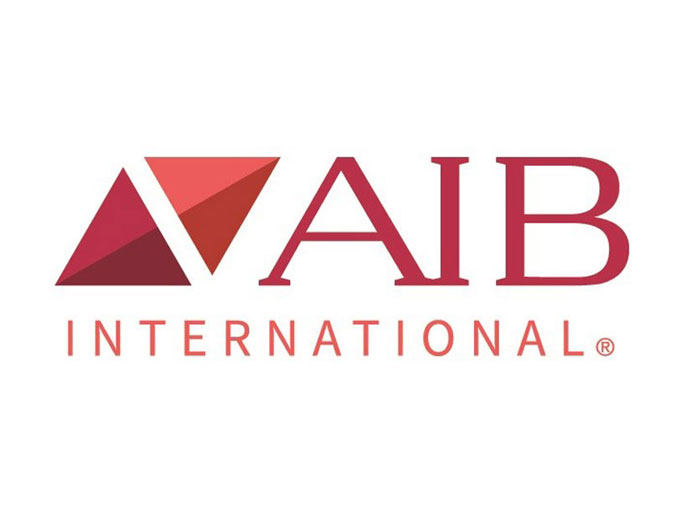How Do You Audit Your Food Safety and Sanitation Program?
March 14, 2023 | 1 min to read

Food safety and sanitation programs aren’t just in place for regulatory compliance — they’re a critical part of public safety as they help secure the food supply. With so much at stake, there is no room for poor processes, inadequate training, or carelessness. Leaders in the food and beverage industry need to frequently review procedures and adherence to regularly make adjustments.
To best evaluate these procedures and how effectively employees adhere to them, you need to conduct a food safety and sanitation audit. Food safety and sanitation ultimately depends on the workers in direct contact with products and equipment. Audits help enforce their commitment to high standards — before a breach puts the public in danger — and prepares workers for an unannounced inspection.
How to Conduct a Food Safety and Sanitation Audit
Conducting an effective audit requires a systematic approach to evaluating procedures, facility sanitation, and employee knowledge. Here’s a six-step strategy to follow for an internal audit:
To read the rest of the story, please go to: AIB International
